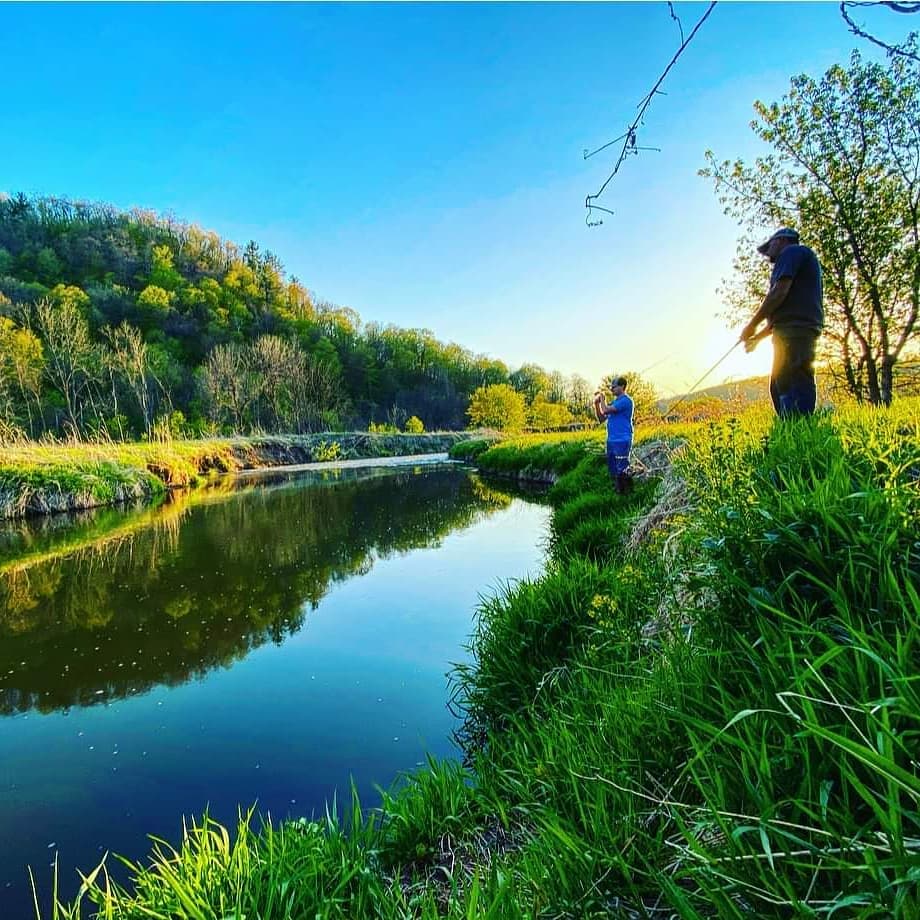The Driftless Region, an unglaciated portion of the American Midwest (Mickelson et al. 1982), is a geographic island that covers 35,000 km squared, 75% of which is located in Wisconsin, with the remainder in the neighboring states of Minnesota, Iowa (Prior’s Paleozoic Plateau; Prior 1991:84-97), and Illinois. This region escaped the flattening effects of glaciation during the last ice age and is consequently characterized by steep forested ridges, deeply carved river valleys, and Karst geology.
The Driftless Area displays forested hillsides and numerous rivers and streams cross-cutting the landscape. The deeply incised stream valleys of the region have cut into the half-billion-year-old Cambrian sandstone and Ordovician carbonate rocks, leaving lovely crags, pinnacles, and rock cliffs in this Driftless area of “Island of Hills” surrounded by glaciated topography. The uplands surrounding the floodplains are composed primarily of Prairie du Chien dolomite and Cambrian sandstone. These Ordovician Age rocks that cap the sandstone are significant in that they contain pre-contact Native American habitation caves, and Prairie du Chien chert outcrops that were quarried and utilized for the manufacture of stone tools.
Wisconsin’s Driftless Area is one of the most beautiful areas of the Upper Midwest. It will captivate you with its lush green vegetation, rich wildlife, breathtaking overlooks, and extraordinary landscapes. In addition, the numerous State and County Parks and State Natural Areas provide a perfect venue for a multiplicity of outdoor activities.

